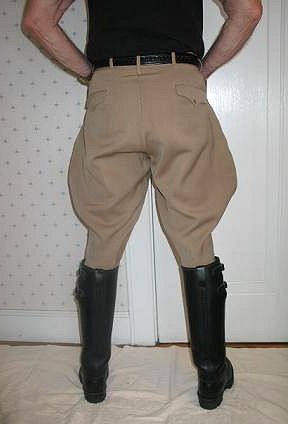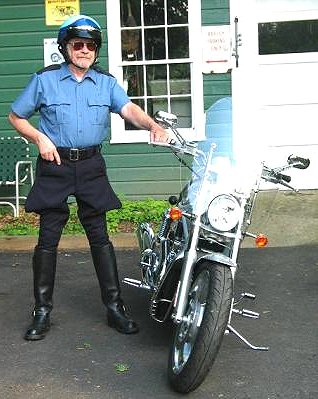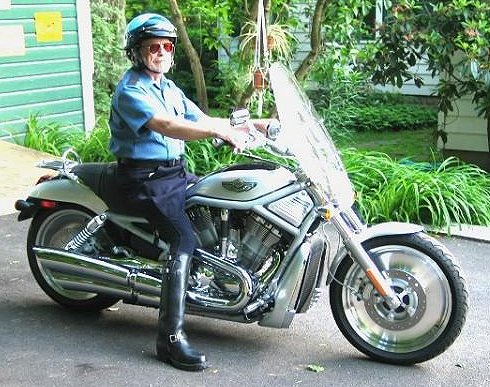Chaz says:
When I have spoken at various gatherings about breeches and boots,
I have been asked MANY times, "Why the flared sides?" I never
found anywhere a clear answer to this question, but I believe it was
in reaction to the overly tight breeches that had slowly developed
through the 19th century. Indeed, breeches had become so tight that
one could do little but stand when wearing them. Forget sitting or
getting a "leg up" into the saddle! As one gentleman said to his
breeches maker, "If I can get into 'em, I don't want 'em!"
Stretch fabrics did not exist.
I do not know who the enterprising tailor was who figured out that
if he left extra fabric at the thigh area of the leg it would loosen
the knees for greater comfort in the saddle. Thus was born the
flare or "peg" as it is sometimes called. There is also a psychological
factor in flared breeches that I will deal with on a later page.
For me, the most attractive breeches have a flare that begins just
below the waist band, comes out to its widest point slightly below
the crotch, and then cuts in smartly somewhat above the knee.
There are, of course, many variations to the tailoring.


